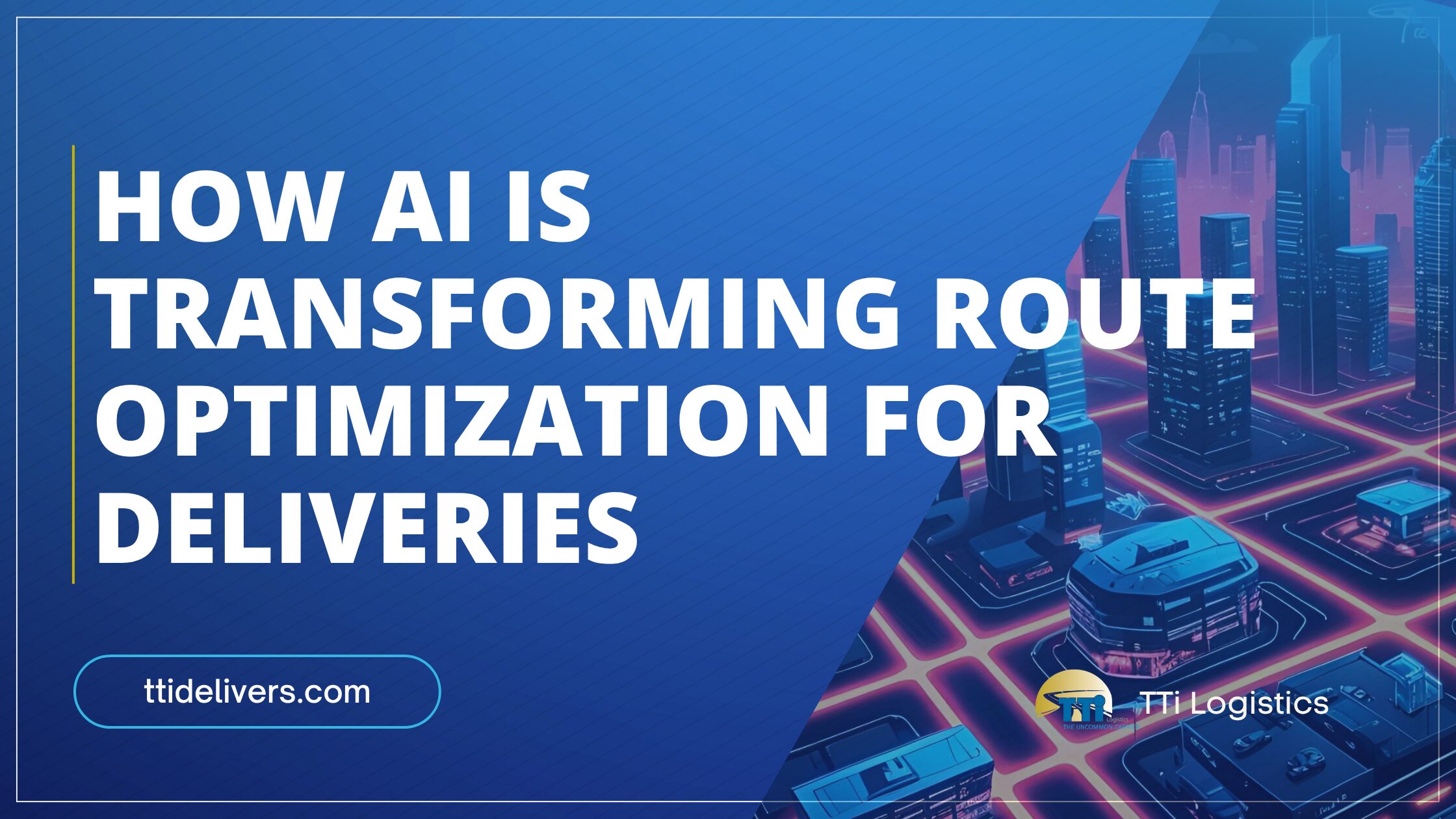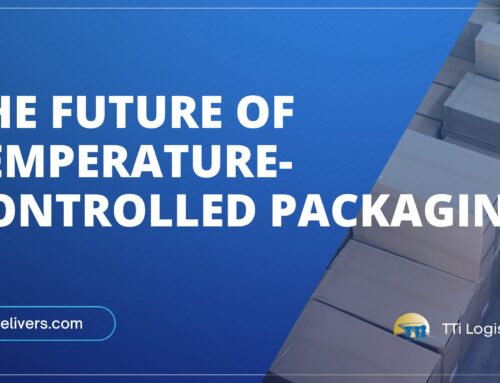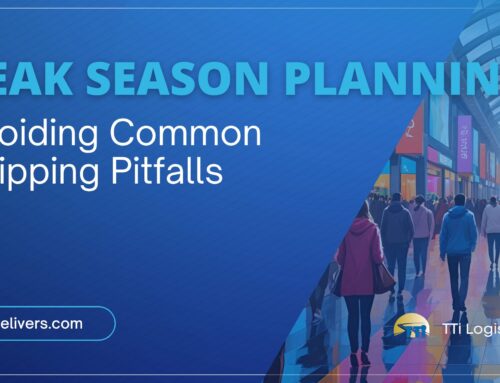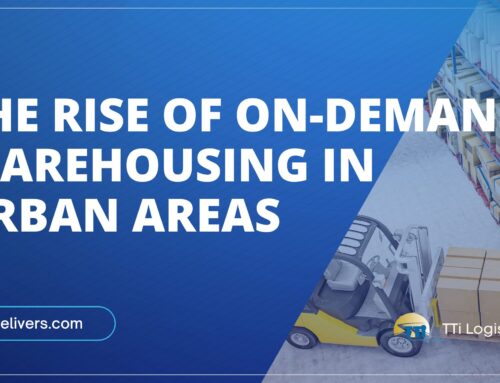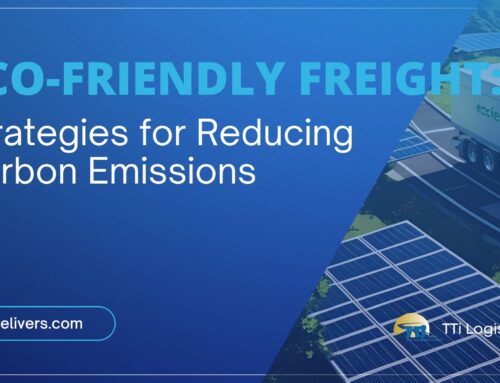In the fast-paced world of logistics, every minute matters. From e-commerce retailers racing to meet same-day delivery promises to freight carriers navigating tight delivery windows, the efficiency of route planning directly impacts profitability, customer satisfaction, and environmental sustainability. The game-changer in this equation is AI route optimization — a technology that is redefining how companies move goods from point A to point B.
Instead of relying on static maps and fixed schedules, AI route optimization leverages machine learning, real-time data, and predictive modeling to create smarter, more adaptive delivery routes. For logistics leaders, the shift isn’t just about saving fuel — it’s about unlocking a new level of operational intelligence.
What Is AI Route Optimization?
At its core, AI route optimization is the process of using artificial intelligence algorithms to determine the most efficient delivery routes in real time. Unlike traditional route planning tools that generate a plan based on basic distance and time calculations, AI route optimization can factor in dozens of variables simultaneously — including traffic congestion, weather conditions, delivery time windows, vehicle capacity, driver schedules, and even road closures.
This advanced capability means AI route optimization is not just a planning tool — it’s a dynamic, self-learning system that continuously improves over time. With every delivery, the AI gathers more data, learns from outcomes, and refines its recommendations for future routes.
Why AI Route Optimization Matters
The delivery industry is under immense pressure to do more with less. Consumers expect fast, affordable delivery, while businesses must contend with driver shortages, fluctuating fuel prices, and environmental regulations. AI route optimization addresses these challenges head-on by delivering:
-
Faster Delivery Times – By adjusting routes in real-time, companies can avoid traffic jams, accidents, or unexpected delays.
-
Reduced Operating Costs – Optimized routing cuts down on unnecessary miles driven, saving fuel and reducing vehicle wear and tear.
-
Higher Customer Satisfaction – More accurate delivery ETAs and fewer delays mean happier customers.
-
Improved Sustainability – Shorter, more efficient routes mean fewer emissions and a smaller environmental footprint.
The Technology Behind AI Route Optimization
The real power of AI route optimization lies in the way it integrates multiple layers of technology into a single, intelligent decision-making engine. Instead of simply plugging in addresses and calculating the shortest distance, these systems simulate complex delivery networks in real time, continuously adapting to changing conditions.
Here’s a deeper look at the core components driving AI route optimization:
-
Machine Learning at Scale
The AI learns from massive volumes of historical delivery data — including travel times, route performance, and seasonal trends — to predict the most efficient paths. Over time, AI route optimization becomes more precise as it identifies patterns in driver behavior, regional traffic quirks, and even customer delivery preferences. -
Predictive Analytics
By combining past performance data with real-time conditions, AI route optimization can forecast potential disruptions before they occur. For example, the system might detect an upcoming storm in a delivery area and proactively re-route vehicles to avoid delays. These predictive capabilities turn logistics from reactive to proactive, reducing downtime and missed deadlines. -
Geospatial Mapping & GIS Integration
Geographic Information Systems (GIS) allow AI route optimization to go beyond simple map plotting. The technology analyzes road types, gradients, tolls, and even low-clearance bridges to design routes that are not only fast but also safe and compliant with vehicle restrictions. -
IoT-Enabled Tracking Devices
GPS trackers, telematics sensors, and onboard vehicle diagnostics feed constant streams of live data into the AI route optimization engine. This connectivity ensures the system always has the most up-to-date information on location, speed, fuel consumption, and driver status — enabling instant course corrections when needed. -
Cloud Computing Infrastructure
Modern AI route optimization platforms are cloud-based, allowing them to process vast datasets and run complex calculations in seconds. This means businesses can scale from a handful of delivery vans to nationwide fleets without massive hardware investments, while also benefiting from automatic software updates. -
API-Driven Integration with Existing Systems
AI route optimization tools often connect directly to order management systems, fleet scheduling tools, and customer relationship management platforms. This integration ensures route updates automatically sync with driver schedules and customer notifications, creating a seamless workflow from dispatch to delivery. -
Adaptive Learning Loops
The technology isn’t static. Each completed delivery feeds new data back into the system, which refines the algorithm for the next run. Over weeks and months, this creates a compounding intelligence effect — where AI route optimization is constantly improving and evolving without the need for manual reprogramming. -
Scenario Simulation & Digital Twins
Advanced systems can create “digital twins” of delivery operations — virtual models that allow logistics managers to test hypothetical situations. For example, they can simulate how traffic during a sporting event would affect delivery times, or how changing warehouse locations might improve efficiency. When paired with AI route optimization, these simulations help organizations make smarter, data-driven decisions.
Together, these technologies make AI route optimization far more than a mapping tool — it becomes a living, adaptive system capable of understanding, predicting, and responding to the real-world complexities of delivery logistics in real time.
Real-World Applications of AI Route Optimization
AI route optimization is already proving its value across a range of industries:
-
E-Commerce & Retail – Ensuring on-time delivery during high-demand periods like Black Friday and holiday seasons.
-
Grocery & Perishables – Optimizing routes to maintain freshness and minimize spoilage for time-sensitive goods.
-
Field Services – Helping technicians reach multiple locations in the most efficient sequence possible.
-
Freight & Long-Haul – Reducing empty miles and improving asset utilization for trucking companies.
-
Healthcare & Pharmaceuticals – Guaranteeing temperature-controlled deliveries reach hospitals and pharmacies on schedule.
I Route Optimization in Action at TTi Logistics
At TTi Logistics, AI route optimization is more than just a buzzword — it’s a core part of our operational strategy. With access to over 700+ warehouses nationwide, we combine real-time data with AI-powered algorithms to ensure deliveries are consistently on time, cost-efficient, and strategically routed.
Our AI route optimization systems:
-
Dynamically adjust to traffic changes, weather events, and urgent client requests.
-
Support both short-term and seasonal delivery strategies, perfect for businesses with fluctuating demand.
-
Maintain strict quality control for sensitive or high-value goods.
This fusion of human expertise and advanced AI ensures our clients get the speed, accuracy, and reliability they need in today’s competitive delivery environment.
The Benefits Multiply Over Time
One of the most powerful aspects of AI route optimization is its ability to get smarter and more effective the longer it’s in use. This isn’t a one-and-done implementation where the results plateau — instead, it’s a compounding investment in efficiency, logistics cost savings, and service quality. Every mile driven, every delivery completed, and every exception handled becomes new fuel for the AI’s learning process.
Over time, AI route optimization develops a deep operational memory that can:
-
Identify consistently outperforming routes – Some delivery paths may prove more reliable during certain times of day or days of the week. The AI doesn’t just notice this — it incorporates it into future plans, ensuring those high-performance routes are prioritized.
-
Adjust to seasonal patterns – Whether it’s holiday shopping spikes, summer tourism traffic, or weather-related slowdowns, AI route optimization learns these patterns and proactively adjusts schedules to avoid predictable bottlenecks.
-
Adapt to individual driver behavior – Drivers have different strengths, preferences, and areas of familiarity. Over time, the AI learns which drivers excel in specific territories or conditions and tailors assignments accordingly for maximum efficiency.
-
Anticipate local disruptions – From recurring road construction to school pickup traffic jams, AI route optimization builds awareness of hyper-local challenges that might not be obvious to a human planner.
-
Fine-tune delivery windows – If the AI learns that a customer consistently isn’t available until later in the day, it can adjust delivery schedules to align better, improving first-attempt delivery rates and reducing costly redeliveries.
The longer you run AI route optimization, the more it evolves into a specialized decision-making partner — one that knows your business, your customers, and your operating environment in extraordinary detail.
This ongoing improvement also means the ROI grows over time. In the first months, you might see noticeable cost savings from fewer miles driven and reduced fuel use. By the end of the first year, those gains expand to better driver utilization, faster delivery turnarounds, improved customer satisfaction scores, and even more accurate forecasting for staffing and fleet management.
For companies like TTi Logistics, which already has a vast nationwide warehouse network and high standards for quality control, this compounding intelligence is a huge advantage. Our AI route optimization systems aren’t just delivering better results today — they’re actively building a smarter, leaner, more adaptive delivery network for tomorrow.
Overcoming the Challenges of Implementation
While the advantages of AI route optimization are clear, implementing it successfully requires a thoughtful approach:
-
Data Quality – Garbage in, garbage out. Reliable, clean data is essential for accurate routing recommendations.
-
Staff Training – Drivers and dispatchers must understand how to use and trust the system.
-
Integration – AI route optimization should work seamlessly with your existing delivery management tools.
-
Scalability – Choose a solution that can grow with your business needs.
Companies that invest in these areas see the fastest returns from their AI route optimization initiatives.
Sustainability Gains Through AI Route Optimization
In addition to cutting costs, AI route optimization supports corporate sustainability goals by reducing unnecessary driving. This leads to:
-
Lower carbon emissions.
-
Reduced fuel consumption.
-
Less vehicle maintenance waste.
For companies looking to meet environmental regulations or appeal to eco-conscious consumers, AI route optimization provides a measurable way to demonstrate progress.
The Future of AI Route Optimization
The next wave of AI route optimization promises to be even more transformative:
-
Autonomous Vehicles – Pairing self-driving trucks with AI route optimization could create fully automated delivery networks.
-
Hyper-Local Predictions – AI will forecast street-level traffic patterns down to specific blocks, improving accuracy for urban deliveries.
-
Dynamic Customer Communication – Systems will automatically update customers with revised ETAs, rerouting, and delivery preferences in real time.
-
Sustainability Scoring – AI route optimization platforms will calculate carbon impact alongside cost and speed, allowing for greener routing choices.
-
Collaborative Logistics – Multiple carriers could share routing data, enabling industry-wide efficiency improvements.
As these innovations take hold, AI route optimization will become less of a competitive advantage and more of a baseline requirement for doing business. Those who adopt it early will have a head start in both efficiency and customer trust.
The Road Ahead for Smarter Deliveries
The delivery landscape is moving fast, and companies that want to thrive must be ready to adapt. AI route optimization is no longer a future technology — it’s here, it’s proven, and it’s changing the rules of the game. By combining AI intelligence with operational expertise, businesses can reduce costs, meet customer demands, and operate more sustainably than ever before.
At TTi Logistics, we see AI route optimization as the cornerstone of next-generation delivery excellence. With our nationwide warehouse network, real-time tracking capabilities, and commitment to quality control, we’re helping our clients navigate the road ahead with confidence — and without wasting a single mile.

